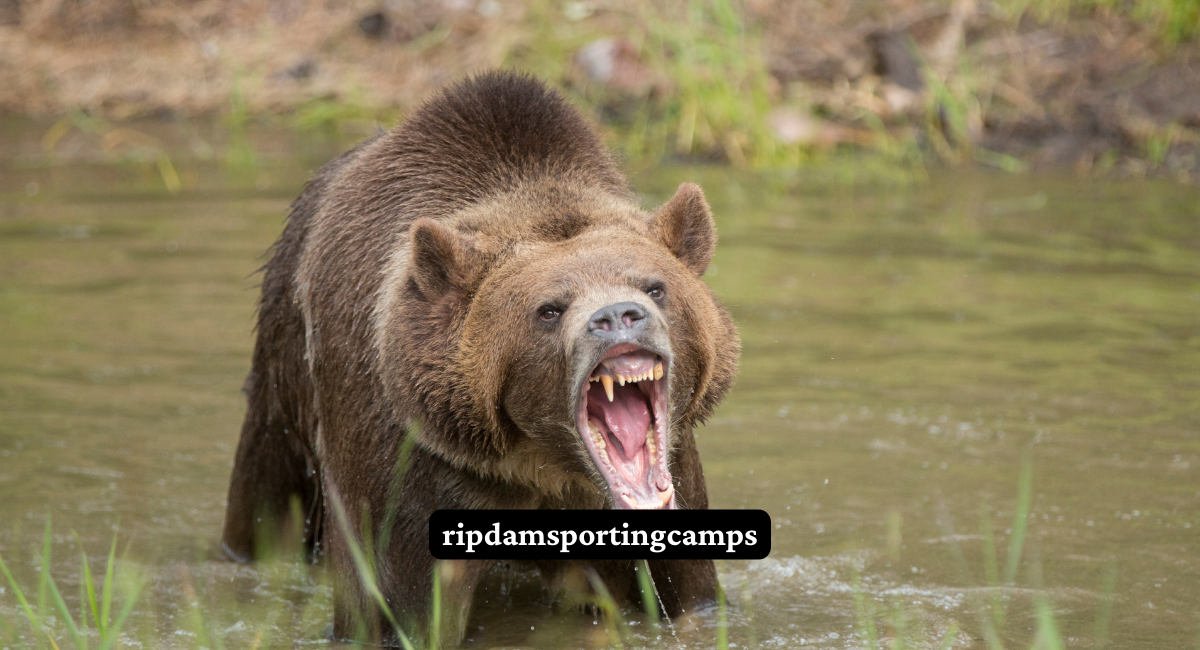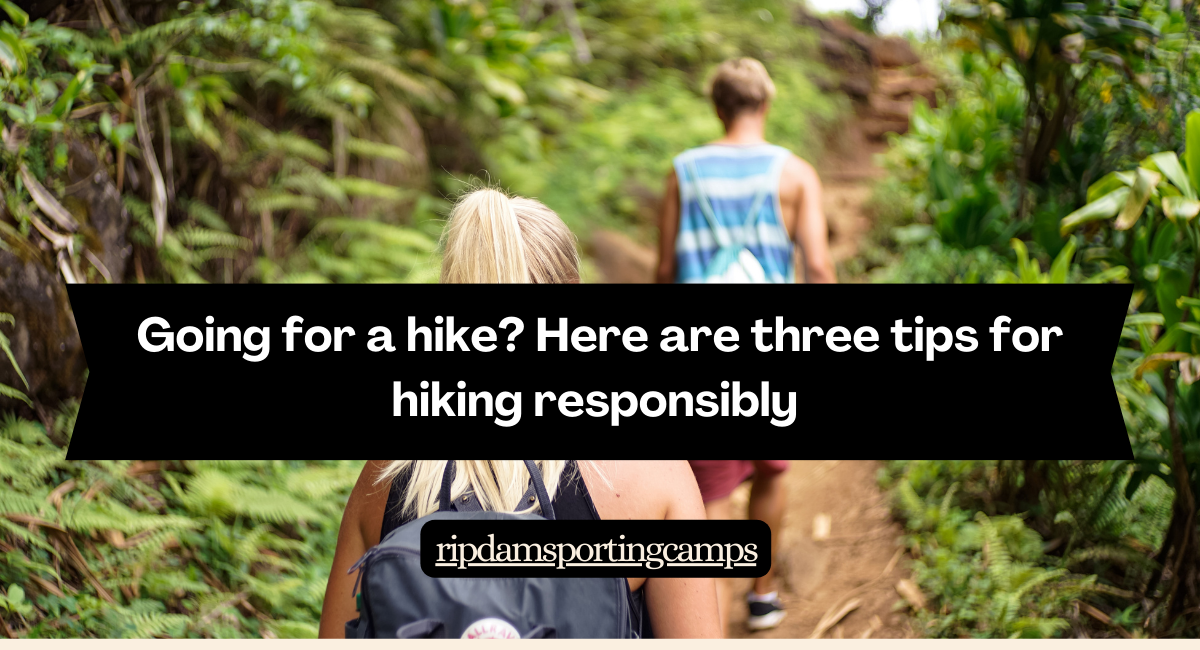Hiking with kids can be a magical experience, filled with discovery, adventure, and quality family time. However, it also requires special preparation and considerations to ensure a fun and safe journey for everyone. Whether you’re a seasoned hiker or a beginner, this guide will provide you with everything you need to know about hiking with kids.
Benefits of Hiking with Kids
Hiking offers numerous benefits for children, including:
- Physical Health: Regular physical activity helps build strong bones and muscles, improves cardiovascular health, and maintains a healthy weight.
- Mental Well-being: Being in nature reduces stress, enhances mood, and boosts overall mental health.
- Educational Opportunities: Hiking is a hands-on way for kids to learn about nature, wildlife, and environmental conservation.
- Family Bonding: Shared experiences in the great outdoors strengthen family relationships and create lasting memories.
Preparing for the Hike
1. Choose the Right Trail
When selecting a trail, consider the following:
- Distance: Start with shorter trails suitable for the youngest hiker in your group.
- Terrain: Opt for trails with manageable terrain, avoiding steep climbs or rocky paths.
- Scenery and Points of Interest: Choose trails with interesting features like waterfalls, streams, or wildlife to keep kids engaged.
2. Pack Essentials
Packing the right gear is crucial for a successful hike. Here’s a checklist of essentials:
- Water: Bring plenty of water for everyone. Consider a hydration pack for easy access.
- Snacks: Pack healthy, energy-boosting snacks like fruits, nuts, and granola bars.
- First Aid Kit: Include band-aids, antiseptic wipes, and any necessary medications.
- Clothing: Dress in layers to adapt to changing weather conditions. Don’t forget hats and sunglasses.
- Sunscreen and Bug Spray: Protect skin from sunburn and insect bites.
- Navigation Tools: Carry a map, compass, or GPS device.
- Entertainment: Bring small toys, binoculars, or a nature guidebook to keep kids entertained.
3. Safety First
- Inform Someone: Always let someone know your hiking plans and expected return time.
- Stay on the Trail: Teach kids the importance of sticking to the trail to avoid getting lost.
- Pace Yourself: Go at a pace comfortable for the youngest hiker. Take frequent breaks to rest and hydrate.
On the Trail
1. Engage and Educate
- Scavenger Hunts: Create a list of things to find, like specific plants, animals, or rocks.
- Storytelling: Tell stories about the area or invent tales about the trail.
- Photography: Give kids a camera to capture their favorite sights.
2. Be Flexible
Children’s energy levels and interests can be unpredictable. Be prepared to adjust your plans if needed. If they’re tired, take a break or turn back early. Remember, the goal is to make hiking a positive experience.
3. Foster Independence
Allow children to take on small responsibilities, like carrying their own backpack or leading the group. This builds confidence and a sense of accomplishment.
Post-Hike Reflection
After the hike, take time to reflect on the experience:
- Discuss: Talk about what you saw and learned. Ask kids what their favorite part was.
- Journal: Encourage kids to draw or write about their adventure.
- Plan the Next Hike: Use their feedback to plan future hikes that cater to their interests.
Tips for Hiking with Kids of Different Ages
Toddlers (1-3 years)
- Short and Sweet: Keep hikes short and allow plenty of time for exploration.
- Carrier: Use a child carrier for when they get tired.
- Interactive Play: Sing songs, play games, and talk about the surroundings.
Preschoolers (4-6 years)
- Interactive Learning: Teach them to identify plants and animals.
- Simple Tasks: Let them carry a small backpack with light items.
- Frequent Breaks: Plan for more breaks and playtime.
School-Age Children (7-12 years)
- Longer Hikes: They can handle longer distances and more challenging trails.
- Skills Building: Teach navigation skills and basic survival techniques.
- Team Activities: Engage in activities like geocaching or bird watching.
Teenagers (13+ years)
- Challenging Trails: Introduce more strenuous hikes and overnight trips.
- Leadership Roles: Let them plan parts of the hike or lead the group.
- Personal Interests: Incorporate their interests, such as photography or ecology.
Conclusion
Hiking with kids is an enriching experience that fosters a love for nature, promotes physical health, and strengthens family bonds. By preparing properly, engaging children in the adventure, and being flexible, you can ensure that every hike is a memorable and enjoyable experience for the whole family. So pack your gear, pick a trail, and start creating those unforgettable outdoor memories!


